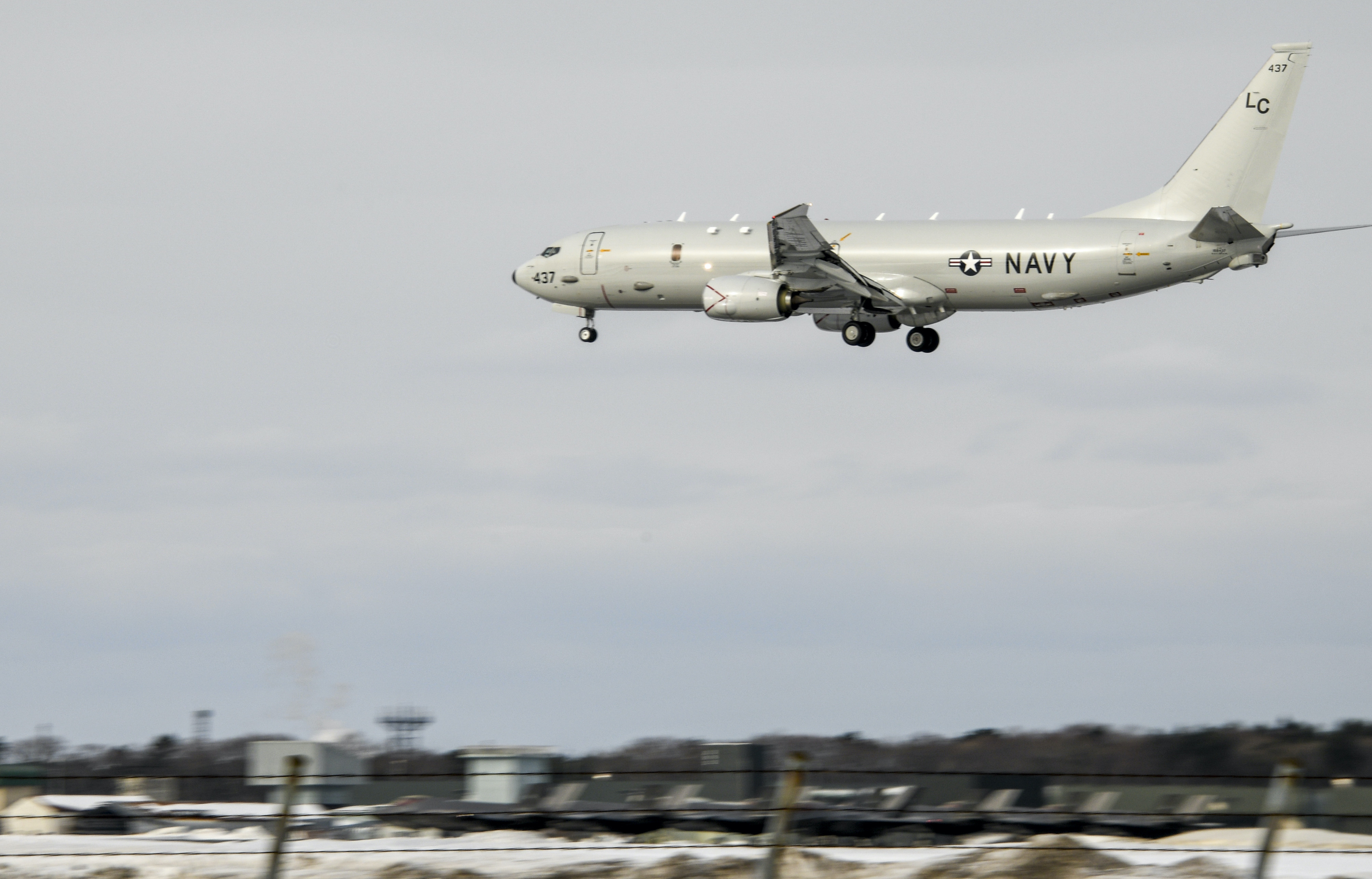
Australia aims to be the first all fifth generation air force, integrating the network capabilities of the Lockheed Martin F-35 Lighting II Joint Strike Fighter with its land and sea components, as well as its allies’ and partners’ forces, its air marshal said Thursday in Washington.
Air Marshal Leo Davies added in his address at the Center for Strategic and International Studies, a think tank, that Australia will “have no legacy aircraft after 2025” under its current defense spending guidance.
The Royal Australian Air Force is set to acquire 72 F-35A variants.
Because Canberra is “a committed high-tech ally” of the United States, “we can prosecute our shared integration together” through the F-35. He said he views the introduction of the Joint Strike Fighter as working in a formation with F-35s from Australia, the United States Air Force, Navy and Marine Corps and its introduction “has forced us to think together.” He called this “a whole of force concept” that “we want to explore with you,” including design and development.
“We can prosecute our shared interests together.”
The challenge for the future is “taking advantage of these assets [such as the F-35] … and use them in a modern way,” he said in answer to a later question. Davies described this as a complex matrix of operating with nations having F-35s and legacy aircraft that are networked with other aircraft, naval and land forces as well as operating with nations having only older aircraft that are not as linked together.
“How do we plug it all in?” he asked rhetorically.
The F-35 is “nationally agnostic … even our logistical support” is interoperable. The key from the start was the F-35 was built with integration in mind, he added. The same process should be used in the future, he added in answer to a question because it “makes the outcome much simpler.”
To protect sovereignty and secrets, he said Australia allows foreign nationals to sit at Australian terminals “with access to 90 percent of what we do.” It also encourages “air riders” to fly board its P-3s and new P-8A Poseidons on maritime patrols.
Davies said Australia sees itself as “strategic technical bridge for our neighbors,” some very advanced such as Japan and others less mature such as Malaysia. This also works for the United States because “we have the insight of a neighbor” in dealing with others such as India.
Later in answer to a question, he said, “We can go faster together than [we can] on our own.” He added later he has seen no changes in military-to-military cooperation between Australia and the United States since the change of administrations and joint exercises are continuing.
Canberra “should [also] be a bridge for regional security,” stressing the freedom of overflight and navigation. Davies noted that Australia like the United States has no territorial claims in the South China Sea.
Canberra wants “to claim free access to trade” throughout the Pacific “then Australia is happy.”
The goal is to maintain “as rules-based global order.”
Davies said cyber and space “are critical to the air domain,” and they “will be increasingly congested and contested.” Addressing cyber in a question, “it’s about knowing where that data came from,” say on an aircraft part, the fidelity of that data and knowing what can be shared with others that is important.
On North Korea, the threat is “not something that we discovered yesterday and will be on us tomorrow.” Davies said Australia is committed to ensuring resilience in its long-range strike capabilities as spelled out in defense white papers.





